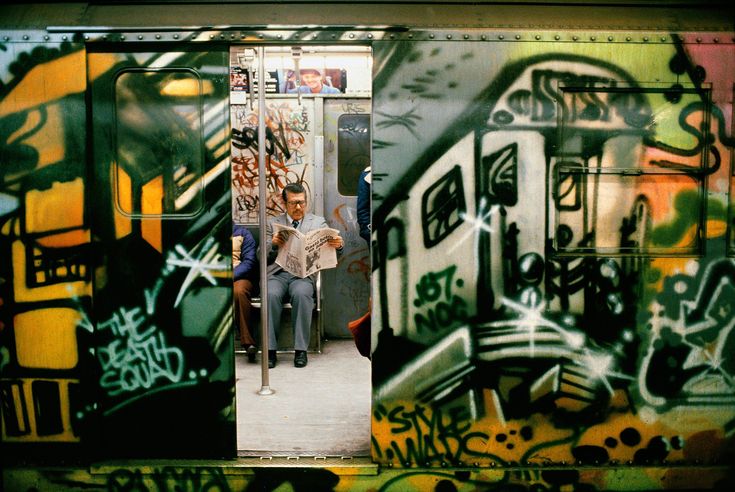From Writers to Artists: The Shifting Identity
In New York City’s vibrant graffiti culture, practitioners originally identified as “writers,” focusing more on the act than on artistic aspirations. As the scene matured, a shift occurred, with some older participants still referring to themselves as writers, while younger members embraced the “graffiti artist” label. Despite the mainstream media adopting the term “graffiti artist” as early as 1973, some like Frank Del Toro (FDT 56) maintained a purist view, emphasizing the act over the artistic label.
United Graffiti Artists: A New Direction
Hugo Martinez, a City College sociology major, became fascinated with graffiti in 1972 and began to connect with prominent writers. He met influential figures like Freddie 173, Cat 187, and Snake I, and proposed forming a collective of elite graffiti writers, named United Graffiti Artists (UGA). This group, intended to elevate graffiti to a fine art, marked a significant transition from subway tagging to canvas painting. Martinez’s strict guidelines for UGA membership reflected a paradoxical stance, requiring members to abstain from public graffiti writing.
The First Exhibition: A New Canvas for Graffiti
Martinez managed to organize the first officially sanctioned graffiti art exhibition at City College in December 1972. This event marked a pivotal moment as graffiti transitioned from subway cars to studio canvases. Despite the shift, many writers recognized the loss of the raw excitement and danger that subway graffiti entailed.
UGA’s Diverse Membership and Societal Impact
UGA initially consisted mostly of Hispanic members, with a few exceptions, leading to accusations of exclusivity. Martinez’s efforts to integrate more black writers into UGA highlighted the group’s complex dynamics. Despite the challenges, UGA’s exhibitions, like the one at the Razor Gallery in Soho, signaled a newfound recognition of graffiti as a potential art form.
The Rise and Dissolution of UGA
After the initial success, UGA faced challenges in maintaining a cohesive direction. The allure of subway graffiti remained strong, and many members returned to their roots. The group eventually disbanded, with no one emerging to replace Martinez’s leadership.
NOGA: A More Inclusive Approach
Following UGA’s dissolution, Jack Pelsinger formed the Nation of Graffiti Artists (NOGA) in 1974, offering a more inclusive approach. NOGA welcomed all graffiti writers and focused on rechanneling their talents towards canvas painting and mural creations. Despite its inclusive nature, NOGA too faced challenges, eventually succumbing to financial constraints.
The Transformation of Graffiti Culture
Through the efforts of figures like Martinez and Pelsinger, and the evolving perception of graffiti in the media, the term “graffiti artist” gained prominence by 1975. This marked a significant shift in how practitioners viewed themselves and their work, transitioning from the rebellious act of tagging to the recognition of graffiti as a legitimate form of artistic expression.



